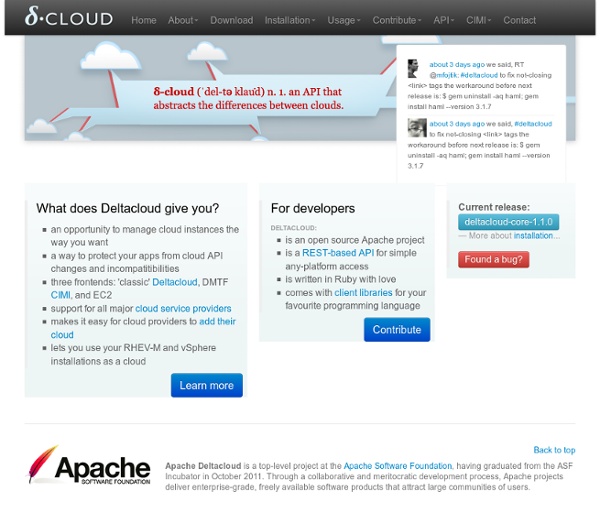



VMware: Now you can send your VMs to Amazon's cloud (and then back to us) In what some analysts are calling a dramatic shift in strategy, VMware today rolled out new features to its vCloud Suite management software that allow customers to migrate workloads to non-VMware cloud environments, including on Amazon Web Services. In July, VMware surprised many cloud-watchers when it purchased DynamicOps, a company that allows users to easily manage workloads across multiple hypervisors and cloud platforms. VMware said at the time it is committed to a enabling its users to access multiple services from different vendors. Today, the company followed through on its promise. "They're making some pretty strong changes," says Gartner analyst Ronni Colville. "DynamicOps was a major shift in VMware not just saying it will work outside its comfort zone, but really doing it." To continue reading, register here to become an Insider It's FREE to join RELATED: VMware: It's not all about us anymore MORE CLOUD: Gartner report throws cold water on uber-hyped OpenStack project
Try Cloud Computing Free with AWS Free Tier * These free tier offers are only available to new AWS customers, and are available for 12 months following your AWS sign-up date. When your 12 month free usage term expires or if your application use exceeds the tiers, you simply pay standard, pay-as-you-go service rates (see each service page for full pricing details). Restrictions apply; see offer terms for more details. ** These free tier offers do not automatically expire at the end of your 12 month AWS Free Tier term, but are available to both existing and new AWS customers indefinitely. † The following Windows variants are not eligible for the free tier: Microsoft Windows Server 2008 R2 with SQL Server Web, Microsoft Windows Server 2008 R2 with SQL Server Standard, Microsoft Windows 2008 R2 64-bit for Cluster Instances and Microsoft Windows 2008 R2 SQL Server 64-bit for Cluster Instances. The Amazon AWS Free Tier applies to participating services across our global regions.
Building virtual lab with Amazon Web Services | Khai Tran P a g e Table of Contents Abstract Chapter Cloud computing a look from the cloud What is computing? Definition Six attributes Three types Why moving to cloud? The state in education Amazon Web Services versus Windows Azure Platform Offerings Overview about products Pricing structure payment options at glance Renting (Amazon, 2011b) Instance Monitoring traffic and charge Security Credentials 2011e) Access Sign In Identity Management 2011d) Interface Building virtual lab with Service Problem statement Setting up account Estimate usage budget
Case Study: Windows Azure - PageUp People Talent-management firm PageUp People devised a unique set of algorithms that identify successful career-path attributes from 30 million employment records. To rapidly commercialise their invention, they turned to Windows Azure Cloud Services. In just four weeks, Microsoft experts helped developers create web and mobile front ends, and deploy the open-source database, RavenDB, on the Azure cloud platform. Business Needs With 15 years of personnel records, talent-management firm PageUp People spotted an opportunity to create a unique service. Hill’s team devised the complex algorithms required, and created their unique CareerDNA search engine with the open source database tool, RavenDB. “We needed highly-scalable but cost-efficient server infrastructure,” says Hill. Hill also wanted help building their application, which the team named CareerPath. In choosing a platform, Hill had to consider an international dimension. Solution Benefits Reduced hardware & support costs